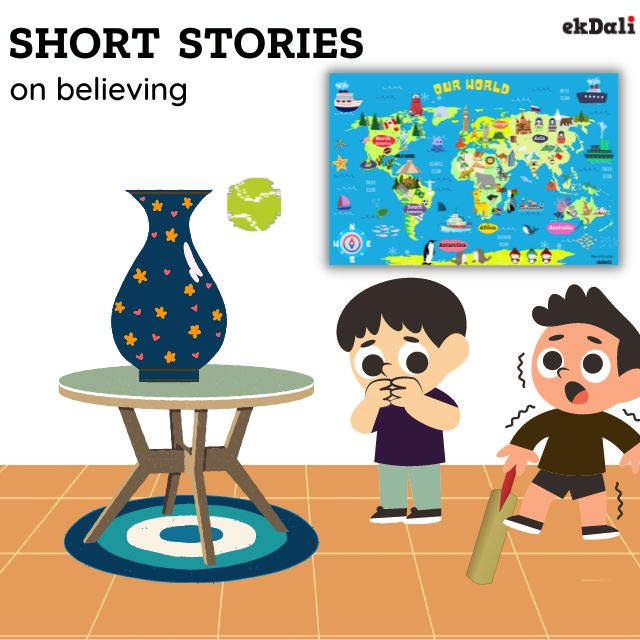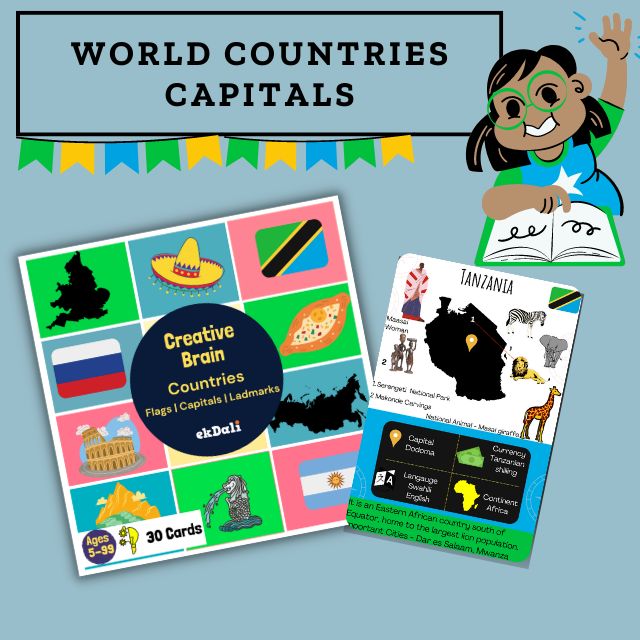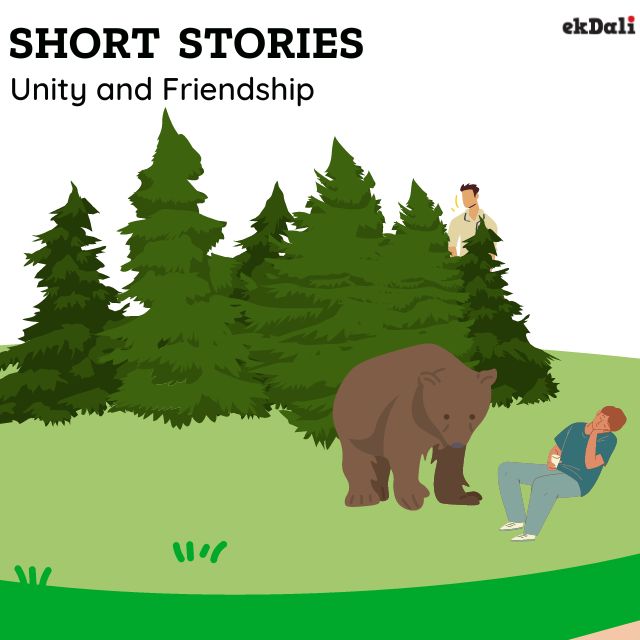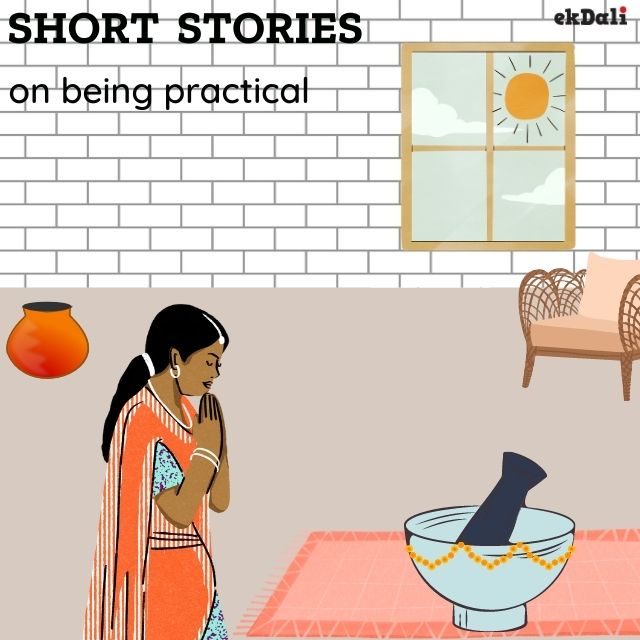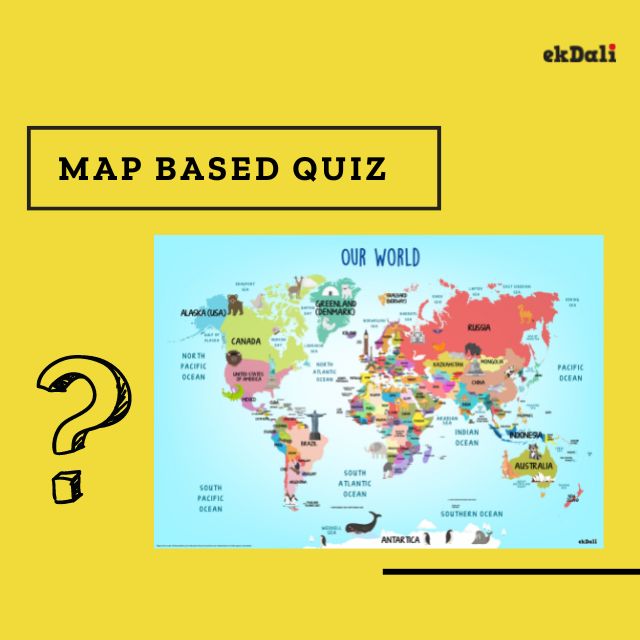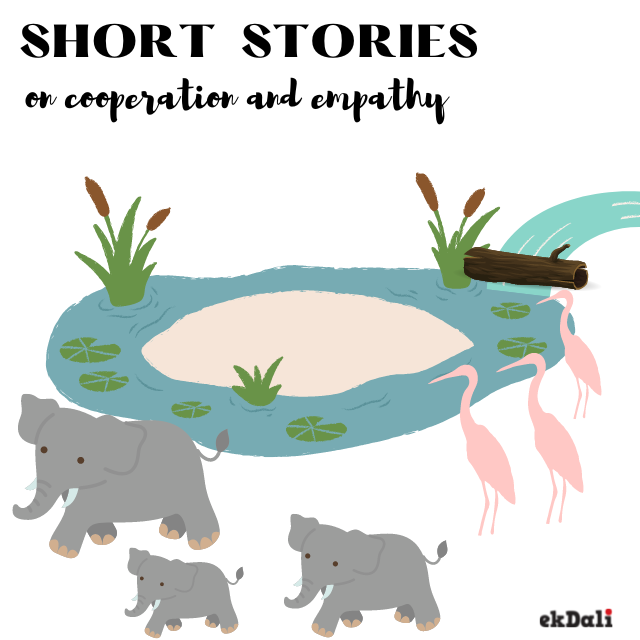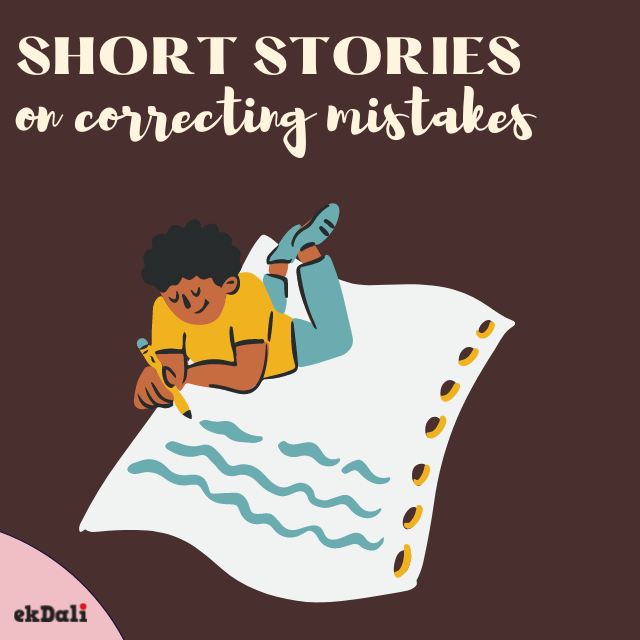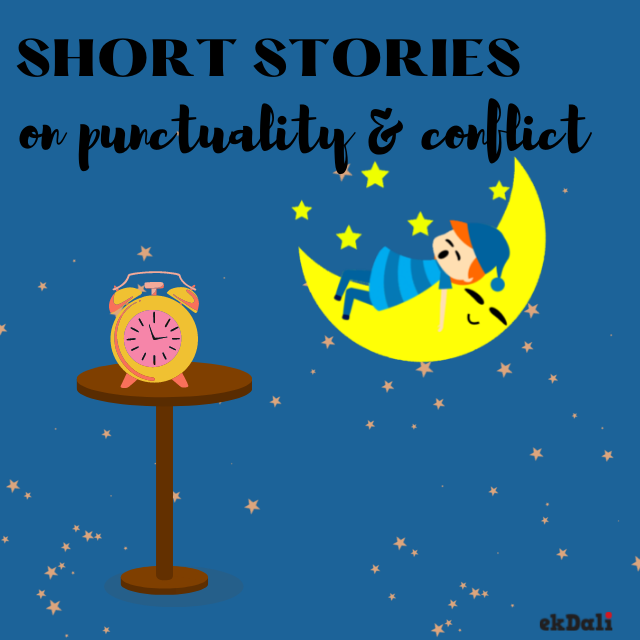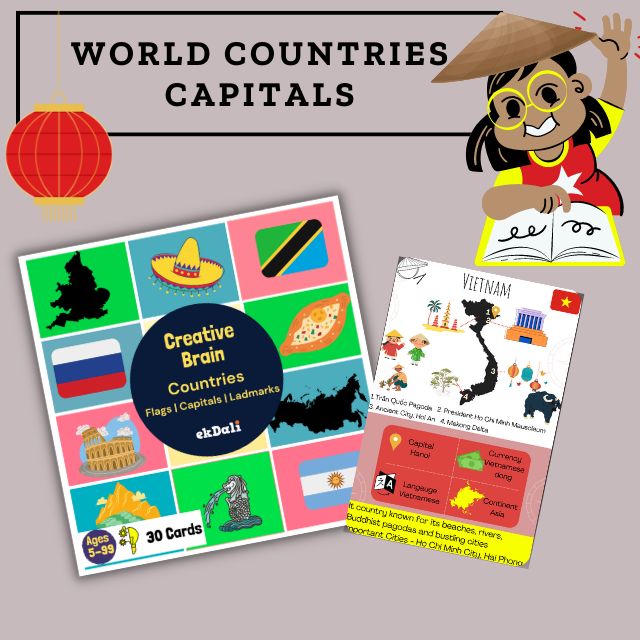VIETNAM FACTS FOR KIDS
Vietnam is a Southeast Asian country known for its beaches, rivers, Buddhist pagodas, and bustling cities.
If you are looking for a way to teach kids about country flags and other facts, our Country flashcards are a great way to do it
VIETNAM QUICK FACTS
|
Official name: The Socialist Republic of Vietnam |
|
Capital: Hanoi |
|
Official Language: Vietnamese |
|
Currency: Vietnamese dong |
|
Continent: Asia |
|
Population: 97.3 million |
|
Major rivers: Mekong, Srepok, Han, Saigon |
|
Major Cities: Ho Chi Minh, Da Nang, Hanoi |
|
Major Mountains: Fansipan, Phu si lung, Yen Tu |
|
National Bird: Chim lac |
|
National Animal: Water Buffalo |
|
National Flower: Lotus |
|
National Fruit: Rambutan |
VIETNAM GEOGRAPHY AND CLIMATE
The country's diverse topography consists of hills, mountains, deltas, coastline, and continental shelf. It is located along the east coast of Indochina, bordering Cambodia and Laos in the west and the People's Republic of China to the north. About 40% of Vietnam's land area is devoted to agricultural production. The primary agricultural areas are the Red River delta, the Mekong River delta, and the southern terrace region.
Vietnam has both a tropical climate zone and a temperate climate zone, with all of the country experiencing the effects of the annual monsoon. Rainy seasons correspond to monsoons, which bring heavy rainfall in the north and south from May to October, and in the central regions from September to January.
VIETNAM PEOPLE, CULTURE, AND FOOD
Vietnam has one of the most complex ethnic-linguistic patterns in Southeast Asia, and the population is divided into several disparate groups, although 87 percent are classified as Vietnamese. Ethnically, the Chinese, Phos, Tais, Khmers, Hmongs, and Nungs are relatively insignificant in numbers, each claiming between 2-4 percent of the population.
The culture of Vietnam is a concoction of the cultures of China, neighboring Cambodia, and France. Although situated in the southeastern part of Asia, Vietnam had been under Chinese rule, and hence its culture is very similar to that of China. Silk painting, Martial arts, music, dance, woodcut painting, calligraphy, and literature make up the tradition of the people.
Vietnamese people wear traditional conical hats called non-la hats. Non la (palm-leaf conical hat) is a traditional symbol of Vietnamese people without age, gender, or racial distinctions.
Regarded as one of the healthiest cuisines in the world, Vietnamese food just like its art forms is deeply meaningful. One can find a generous use of fresh vegetables, herbs, and meats in the cuisine. The French influence is also very evident in their food. Most dishes are noodle or broth-based and are colorful, hence appealing to the eye. The food also uses very little oil and dairy.
VIETNAM FLAG
The flag of Vietnam features a yellow five-pointed star on a red background. The yellow star centered on the red field symbolizes one of five classes of society —entrepreneurs, farmers, workers, intellectuals, and soldiers representing each point of the star.
VIETNAM FLORA AND FAUNA
In Vietnam, there are approximately 13,766 different kinds of plants, about 10% of them endemic. It has over 800 wood species many of which are precious due to their hardness, solidity, beautiful grains, and colors. The famous wood species comprise ironwood, oak, and teak. Wood with beautiful grains such as mahogany, calamander, barian kingwood, aqilaria, species of peumou, yellow wood pedo, and camphor trees also abound.
The fauna is as abundant and diversified as the flora. In Vietnam there exist a variety of ancient tropical fauna and about 200 species of animals, 800 species of birds, 100 species of amphibians, and over 150 species of reptiles. 1,000 species live in the seas and rivers and 200 species live in freshwater. It’s a habitat of different species of monkeys, langurs, gibbons, wild cats, and squirrels.
There are valuable species of birds such as pheasants, and pheinardia ocellata. There are many species of reptiles: boas, iguanas, snakes, chameleons, and centipedes. Many furred wild animals like Selena Rios, small bears, big black squirrels, foxes, otters, and civet cats are found here.
VIETNAM POPULAR SPORT
Football, or soccer, is the most popular sport in Vietnam in terms of participation, but badminton comes in a close second. Da cau is also a very popular sport in Vietnam. The game resembles badminton, except that players use their feet to strike the shuttlecock, instead of a racket. Da cau has been played throughout southeast Asia for centuries, becoming an integral part of Vietnamese culture.
VIETNAM TOURIST ATTRACTION
Tran Quoc Pagoda: Tran Quoc Pagoda, is the oldest Buddhist temple in Hanoi. It is a harmonious combination of the elegant landscape and Buddhist architecture, creating a special spiritual space. It is a reason why it becomes very famous and attracts many domestic and international visitors.
President Ho Chi Minh Mausoleum: The Ho Chi Minh Mausoleum serves as the resting place of the Vietnamese Revolutionary leader and President Ho Chi Minh in Hanoi, Vietnam. He was the first president of the Democratic Republic of Vietnam, who dedicated his life to saving the country from invaders.
Ancient City Hoi An: Hoi An Ancient Town is an exceptionally well-preserved example of a South-East Asian trading town dating from the 15th to the 19th century. It is a UNESCO World Heritage center. The city displays a mix of Vietnamese, Japanese, Chinese, and French architectural features.
Mekong Delta: The ‘rice bowl of Vietnam, the delta is carpeted in a dizzying variety of greens. It's a water world that moves to the rhythms of the mighty Mekong, where boats, houses, and markets float upon the innumerable rivers, canals, and streams that crisscross the landscape like arteries.
If you like this summary, We thought you might like to check out our maps posters and flashcards












